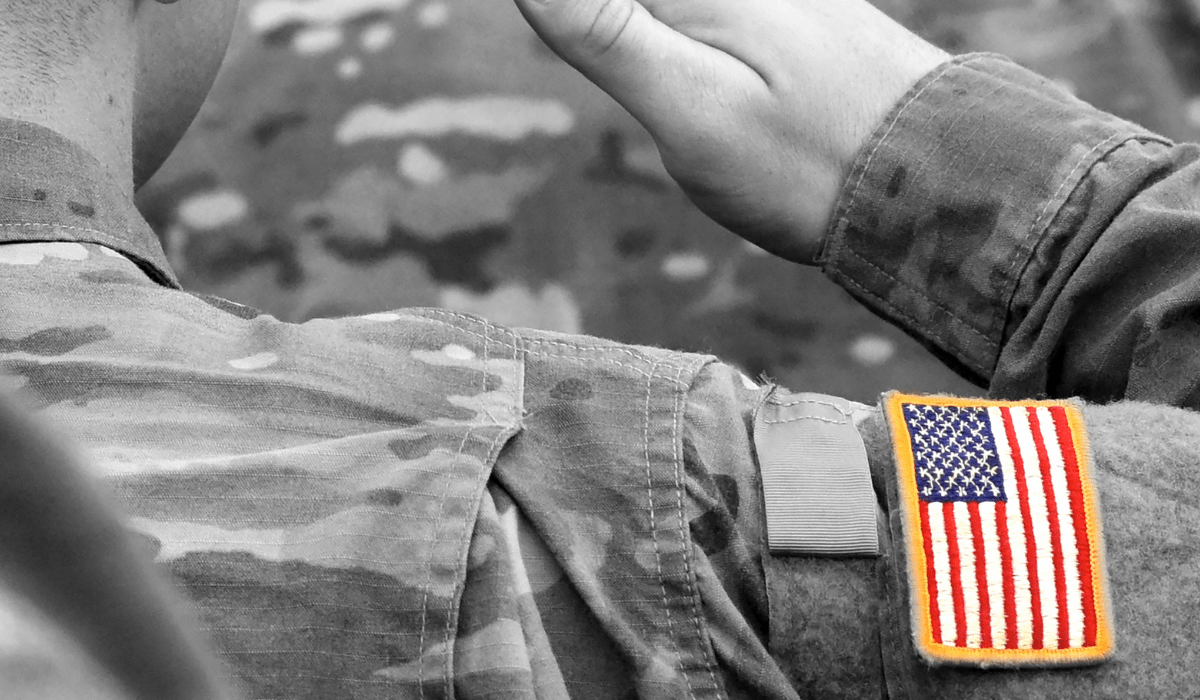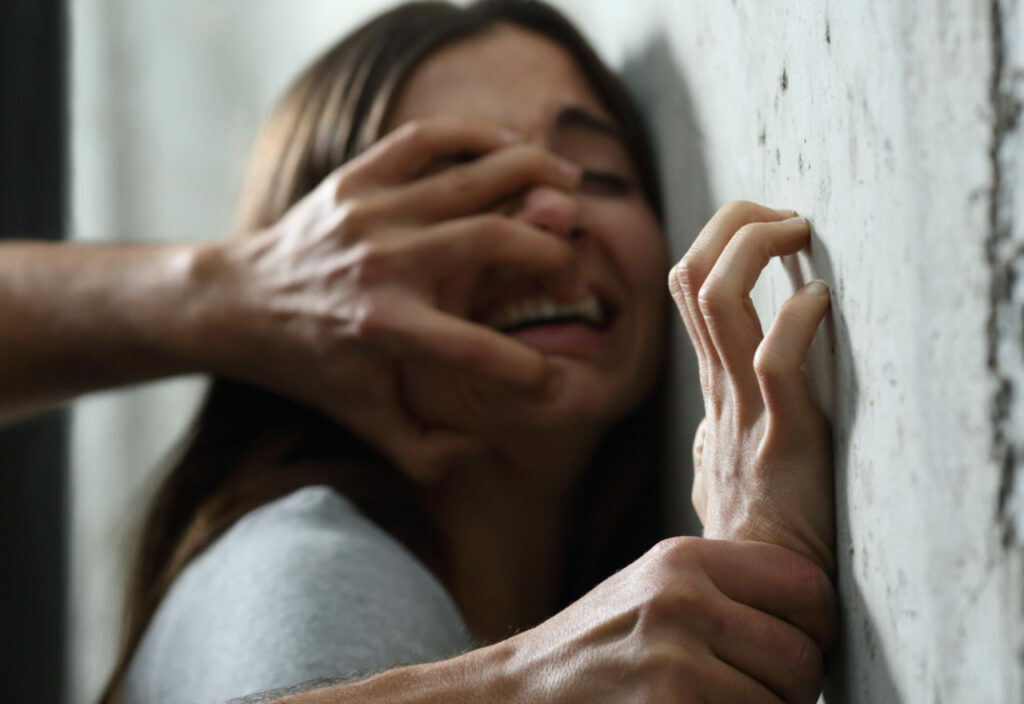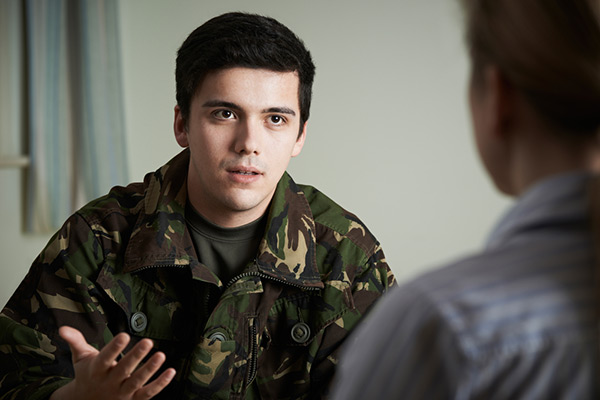
According to R.C.M. 405(g)(4)(B), if the defense objects, a sworn statement may not be considered unless the witness is “not reasonably available.” In this case, the IO made a finding that the witness was not reasonably available and the 25 R.C.M. 405(g)(4)(B) provides:
(B) The investigating officer may consider, over objection of the defense, when the witness is not reasonably available:
(i) Sworn statements;
(ii) Statements under oath taken by telephone, radio, or similar means providing each party the opportunity to question the witness under circumstances by which the investigating officer may reasonably conclude that the witness’ identity is a claimed;
(iii) Prior testimony under oath; and
(iv) Deposition of that witness; and
(v) In time of war, unsworn statements.
Military judge accepted that finding. The opinion did not state why the witness was not available.
The child witness in this case had not received a formal oath. However, the AFCCA noted M.R.E. 603 only requires an oath to tell the truth be “administered in a form calculated to awaken the witness’s conscience and impress the witness’s mind with the duty to do so.” The court further noted that “flexibility” may be warranted for child witnesses who may be “hard-pressed to understand a formal oath or affirmation” (citing United States v. Washington, 63 M.J. 418, 424 (C.A.A.F. 2006); United States v. Morgan, 31 M.J. 43, 48 (C.M.A. 1990); Spigarolo v. Meachum, 934 F.2d 19, 24 (2d Cir. 19941)). On the videotape, the 10-year-old child witness said she understood the difference between the truth and a lie, and agreed to tell the truth. Under these circumstances, the court found these statements “more than adequately” met the oath requirement to allow for the videotape to be considered as a sworn statement.
Per United States v. Von Bergen, 67 M.J. 290 (C.A.A.F. 2009), the case could have also been resolved with a harmless error analysis.
Defending Service Members Globally
Wherever Duty Calls, Our Defense Follows




